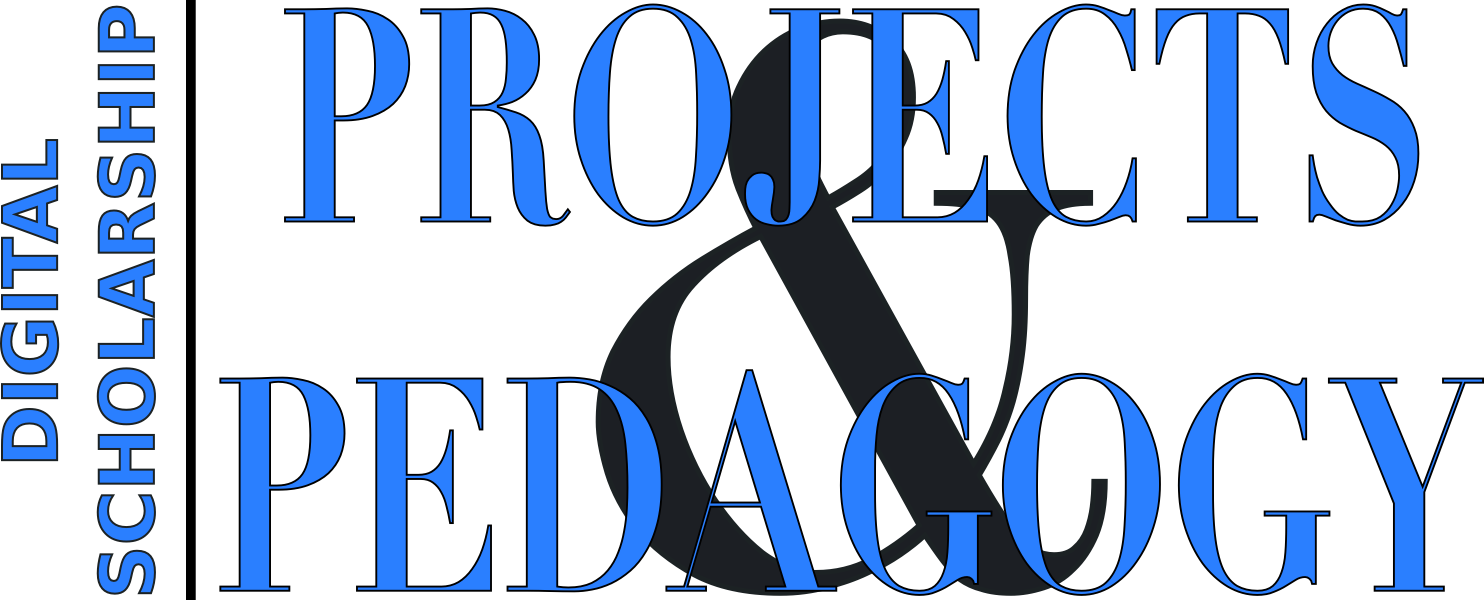Digital assets will be generated to support a flipped classroom in both semesters of general
chemistry (CHEM110 and CHEM111). Lectures will be produced as screencasts using slides
created in LaTeX and audio recorded in Adobe Audition. Final video lectures will be edited and
exported using Adobe Premiere. The video lectures will be 10 to 15 minutes in length and will
have clearly articulated and focused learning objectives. They will be publicly accessible on
either Vimeo or YouTube. Each lecture will be accompanied by self-assessment (quiz) questions
that students can take online after viewing the lecture. In the classroom component of each
course, students will work group exercises intended to improve their problem solving skills.
They will also answer concept questions through the personalized response system
PollEverywhere.
LaTeX is proposed as the source format for the slides to be used in the video lectures because it
is an open and freely available typesetting system that works on all major operating systems.
LaTeX source files are plain text, providing portability and longevity. The source files for the
slides will be published on GitHub for others to use or modify. Compiled pdf and jpeg versions
of the slides will be stored in a locally-created and locally-hosted database with a web interface
that allows browsing by subject and download of selected assets. Access to the original slides
used to produce the video lectures is key to making these digital resources modular. In principle,
another instructor could add their own audio track to the same slides or slightly modified
versions of the slides.
Producing the lecture slides will require artwork. Many concepts in chemistry require an artistic
representation of molecules and their interactions. Because molecules are not discernible by the
human eye or any microscope, photographs cannot be used. Chemistry is also a data-intensive
discipline, and graphical illustrations of that data will be required. Artwork produced in support
of this project will be stored in a locally-created and locally-hosted database with a web interface
that permits browsing by topic and download of selected assets. This will make the material even
more modular by providing the artwork separate from the lecture slides.

